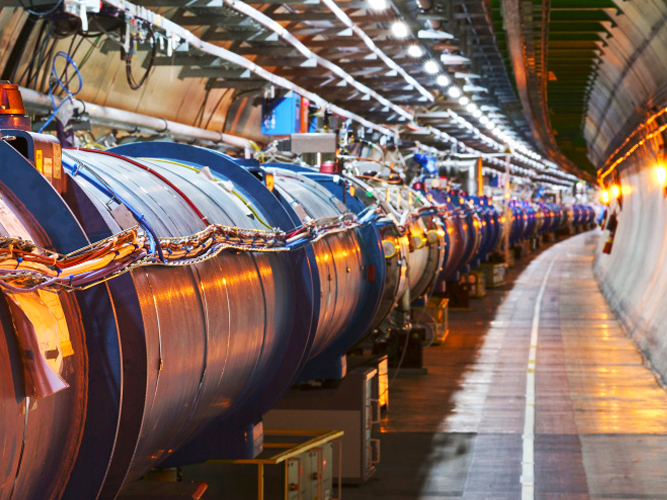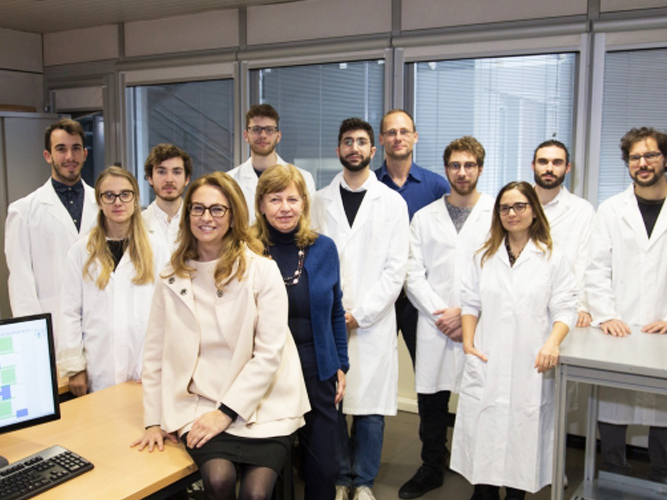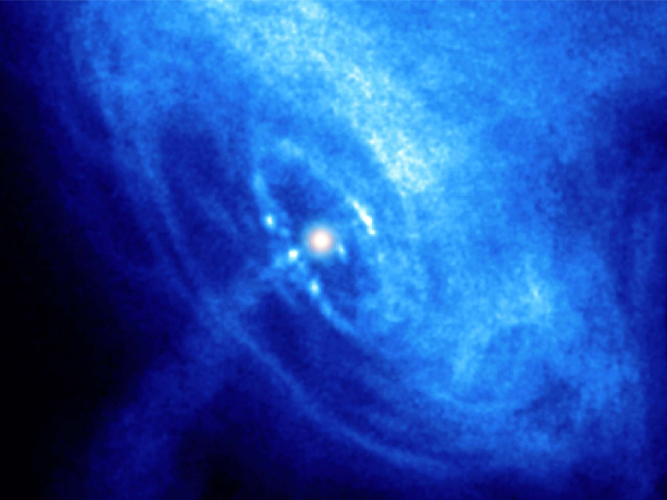
The rapid spread of CoViD-19 has dramatically entailed - for many of the Countries affected by the pandemic - a possible lack of ventilators as opposed to the number of patients: those who contract the virus can, in fact, develop very serious lung complications such that they require the use of a respiratory support system that pumps oxygen into the lungs and expels carbon dioxide when air is exhaled. The ventilators currently available on the market are sophisticated and expensive devices, with complex control systems and patented designs. The goal of the MVM Milan Mechanical Ventilator international collaboration was therefore to design, develop, build and certify a safe and efficient ventilator, equipped with an advanced control system that would allow to select different ventilation modes, but that at the same time would also feature a simple design, based on components easy to find on the market in order to be quickly produced in different Countries. MVM became a certified replicable prototype in just over a month: conceived as an idea on March 19, on May 1 it obtained the Emergency Use Authorization (EUA) of the Food and Drug Administration (FDA), the US certification body, and will therefore be allowed to be included as hospital equipment in Countries that acknowledge the American certification. We asked Cristian Galbiati, creator and promoter of MVM, to describe the project and recount its history.
How did the MVM project start?
It started as an idea and initiative by some scientists of the GADM (Global Argon Dark Matter) international collaboration, who are engaged in research on dark matter, with experiments at the INFN Gran Sasso National Laboratories and in some Canadian ...

The EPS European Physical Society has awarded Lucio Rossi, physicist of CERN and INFN, the Rolf Wideröe 2020 prize. The prize was officially awarded on Thursday 14th May during the IPAC International Particle Accelerator Conference, which this year was held in video conference mode because of the Covid-19 emergency. Rossi was awarded the prestigious recognition “for his pioneering role in the development of superconducting magnet technology ...

Over 8 million hours of computing available to researchers for projects aimed at fighting the CoViD-19 epidemic. This is the commitment of the INFN CNAF National Data and Computing Centre together with CINECA, CMCC and ENEA, which represent the main public supercomputing entities in Italy, in an initiative promoted by the Big Data Association, in close cooperation with the international ...

A new tool to support SMEs and Big Science industries, in this phase of business recovery following the crisis caused by the Covid-19 pandemic. This is the objective of the new site created by INI-ILO (Ilo Network Italia), the network of ILOs (Industrial Liaison Officers), made up of expert representatives of the major Italian research bodies - in addition to INFN, also CNR, ENEA and INAF -, which play a connection role between national companies, considered worldwide an excellence in the sector, and large research ...

A thin film of organic material can turn into a powerful X-ray detector. A research team coordinated by researchers from the University of Bologna and the INFN Bologna Division has identified several characteristics thanks to which it is possible to maximise this technology’s capabilities. The study, published in Nature Communications, shows how it is possible to improve both the detection limitation and the sensitivity of this innovative technology, which has potential applications in different fields, from medical diagnostics ...
 THE CRAB PULSAR X-RAY: POLARLIGHT CONFIRMS
THE SUCCESS OF THE
ALL-ITALIAN TECHNOLOGY
THE CRAB PULSAR X-RAY: POLARLIGHT CONFIRMS
THE SUCCESS OF THE
ALL-ITALIAN TECHNOLOGY
Super efficient X-ray detectors deriving from Italian technology are studying the Crab Pulsar from a nano satellite in Earth orbit: it is the Chinese space mission PolarLight, which published its first results on May 12 on Nature Astronomy. The PolarLight collaboration, which also involves researchers from the INFN and the National Institute for Astrophysics INAF, appears to have recorded a decrease in the degree of polarization in the radiation emitted by the Crab Pulsar during a glitch, a rapid acceleration of the neutron star’s rotation, due to a sudden rearrangement of its nucleus. This variation could be linked to a readjustment of the pulsar’s magnetosphere and the consequent variation over time of the polarization angle of the high energy radiation emitted. ...
Images
Cover ©Tsinghua University
Interview ©Princeton University, C. Todd Reichart
INFN - COMMUNICATIONS OFFICE
comunicazione@presid.infn.it
+39 06 6868162
Coordination:
Francesca Scianitti
Project and contents:
Eleonora Cossi, Francesca Mazzotta, Francesca Scianitti, Antonella Varaschin
Graphic design:
Francesca Cuicchio
Translation
ALLtrad
ICT service:
Servizio Infrastrutture e Servizi Informatici Nazionali INFN